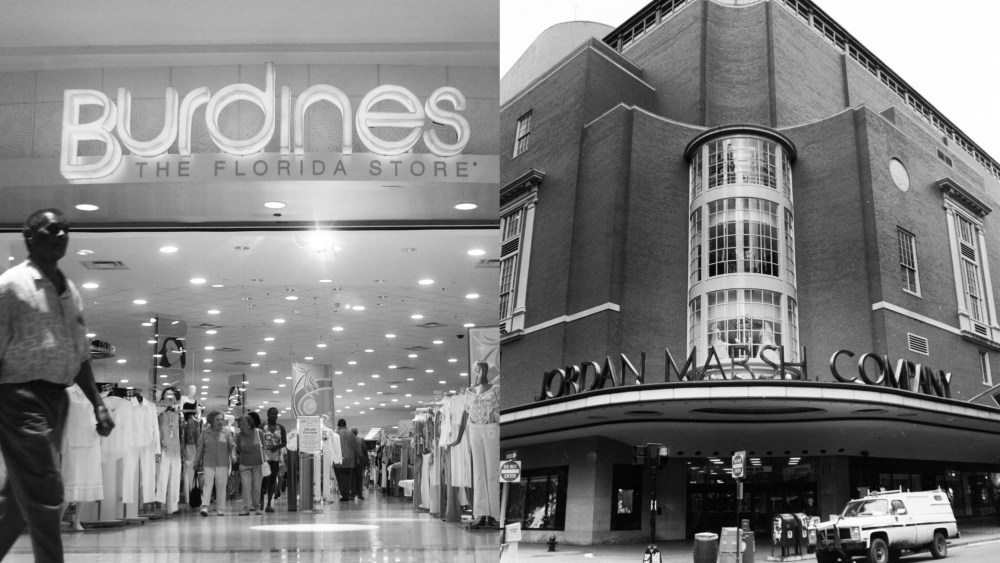Robert A. Unger, a highly respected, innovative store design and visual merchandising executive for five decades at department stores, died Nov. 27 due to heart failure. He was 82.
Unger died peacefully at his home in Napa, Calif., with his dogs by his side, according to John Roscio, a close, longtime friend who used to work with Unger.
“Rob pushed the boundaries of design and encouraged merchants to follow suit,” Roscio told WWD. “He had impeccable taste and a great sense of style and design. He was tireless in his enthusiasm of retail, design, developing friendships and life in general, and was always there to listen and offer solid advice, encouraging others not to be afraid to think outside the box.”
Ann and Ralph Pucci, Robert A. Unger, John Roscio (in back) in the late 1980s.
Courtesy Image
Unger was a mentor to many and developed strong partnerships with suppliers that helped him turn his visions into realities, despite working in an industry where innovation is more the exception than the norm. “It was his winning, warm and engaging personality that convinced many to support his ideas,” said Roscio.
During his career, Unger held senior level positions at Bamberger’s in New Jersey, Jordan Marsh in Boston, Burdines in Miami, overseeing visual merchandising, store design and store planning. The Burdines, Bamberger’s and Jordan Marsh department store chains were all eventually consolidated into Macy’s.
In the 1980s, Unger became an early proponent of developing shops within the department stores and worked with vendors on customizing the designs to the look of the stores.
In 1998, he told WWD, “We are very much in a vendor shop mode across the board,” introducing shop concepts for Macy’s private labels, INC and Charter Club, to the retailers that Macy’s took over.
Among his other accomplishments, he reimagined the Burdines selling floors to be lighter, brighter, more open and with greater space for visual presentation. During his time at Burdines all stores were renovated. He also integrated “The Florida Store” marketing campaign at Burdines into both the interior and exterior design of the stores.
At Jordan Marsh, Unger lead the team that brought the store back to a fashion leadership position. He was particularly proud of the role he played in creating the visuals for “The Orient Express” campaign that attracted thousands over a two-week period to the Boston store.
Unger was also proved to be ahead of his time by using technology for high visual impact. For example, after Burdines rebranded to Burdines-Macy’s in 2005, Unger was instrumental in developing an innovative digital media system at the store in the Dadeland Mall in Miami to help convey the transformation to shoppers. The installation consisted of six display kiosks in the center of the main store aisle, providing dramatic images and sounds in the store that could also be heard and seen in the mall. When Macy’s closed Burdines’ offices in Miami, Unger left the company.
“Rob was a giant in the visual and store design world,” said Ralph Pucci, of the Ralph Pucci International gallery, which for many years was a key supplier of mannequins to the stores where Unger worked, and other retailers. “He created many exciting visual ideas and programs that became the norm in the industry.”
Unger is survived by his sister Barbara, brother in-law Brian Mahoney; two nieces and two nephews. There are no immediate plans for a memorial service.

Robert A. Unger

